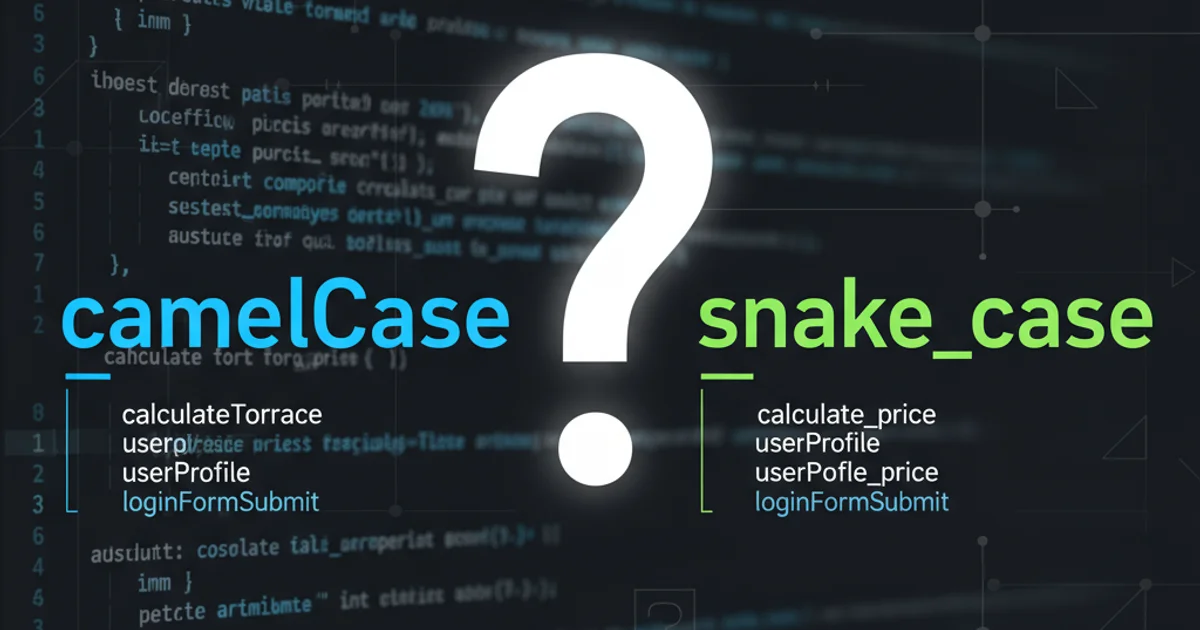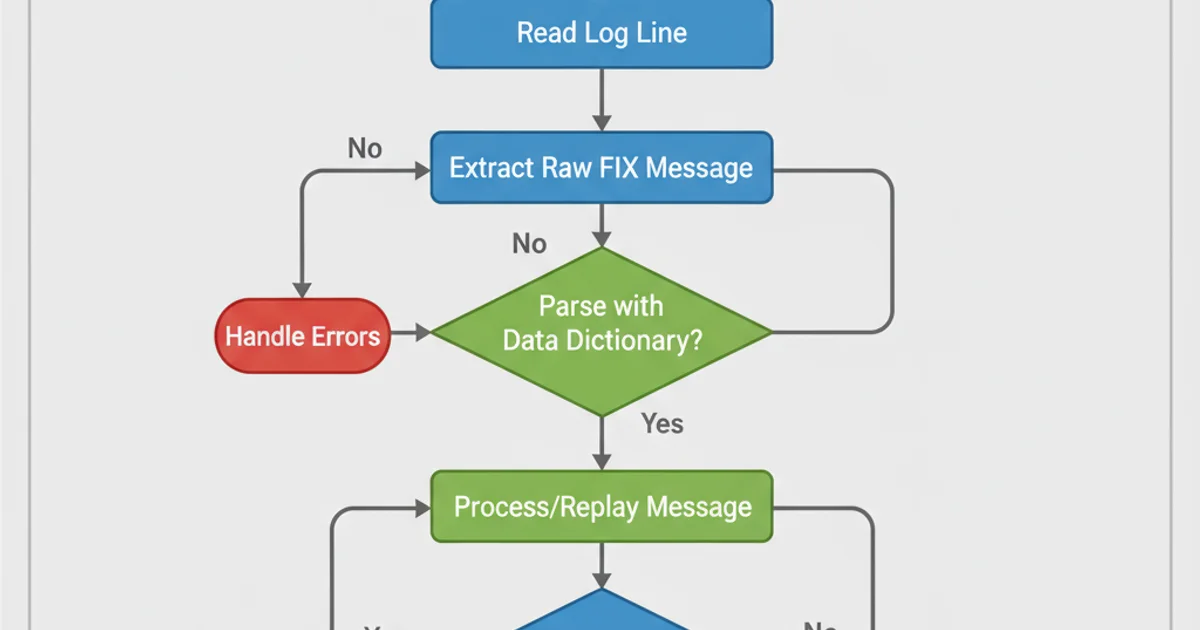How does `try / catch` work in details
try / catch work in details with practical examples, diagrams, and best practices. Covers java, exception, stack development techniques with visual explanations.Categories:
Demystifying try-catch Blocks: A Deep Dive into Exception Handling

Explore the intricacies of try-catch blocks in Java, understanding their role in robust exception handling, control flow, and stack unwinding.
In programming, unexpected events, known as exceptions, can disrupt the normal flow of execution. Java provides a powerful mechanism for handling these exceptions: the try-catch block. This article delves into the detailed workings of try-catch, explaining how it manages errors, controls program flow, and interacts with the call stack to ensure application stability and graceful error recovery.
The Anatomy of try-catch-finally
The try-catch construct is fundamental to Java's exception handling. It allows you to define a block of code that might throw an exception (try), followed by one or more blocks that handle specific types of exceptions (catch). Optionally, a finally block can be added to execute code regardless of whether an exception occurred or was caught. Understanding each component is crucial for effective error management.

Execution Flow of try-catch-finally
public class ExceptionExample {
public static void main(String[] args) {
try {
// Code that might throw an exception
int result = divide(10, 0);
System.out.println("Result: " + result);
} catch (ArithmeticException e) {
// Handle ArithmeticException
System.err.println("Caught an arithmetic exception: " + e.getMessage());
} catch (Exception e) {
// Handle any other exception
System.err.println("Caught a general exception: " + e.getMessage());
} finally {
// This block always executes
System.out.println("Finally block executed.");
}
System.out.println("Program continues after try-catch-finally.");
}
public static int divide(int numerator, int denominator) {
if (denominator == 0) {
throw new ArithmeticException("Cannot divide by zero");
}
return numerator / denominator;
}
}
Basic try-catch-finally structure in Java
ArithmeticException should be caught before Exception to ensure proper handling.How Exceptions Interact with the Call Stack
When an exception is thrown, the Java Virtual Machine (JVM) initiates a process called 'stack unwinding'. This involves searching up the call stack for a catch block that can handle the thrown exception. If no suitable catch block is found after unwinding the entire stack, the program terminates, and the JVM prints a stack trace to the console. Understanding this process is key to debugging and designing robust error recovery strategies.

Exception Propagation and Stack Unwinding
public class StackUnwindingExample {
public static void main(String[] args) {
try {
methodA();
} catch (Exception e) {
System.err.println("Caught in main: " + e.getMessage());
e.printStackTrace(); // Prints the full stack trace
}
}
public static void methodA() throws Exception {
System.out.println("Entering methodA");
methodB();
System.out.println("Exiting methodA"); // This line won't be reached if methodB throws
}
public static void methodB() throws Exception {
System.out.println("Entering methodB");
// Simulate an exception
throw new Exception("Something went wrong in methodB!");
// System.out.println("Exiting methodB"); // Unreachable code
}
}
Demonstrating stack unwinding with a custom exception
Exception (the most general exception) too broadly can hide critical errors and make debugging difficult. It's often better to catch specific exceptions or rethrow them if you cannot handle them meaningfully.Checked vs. Unchecked Exceptions
Java distinguishes between two main types of exceptions: checked and unchecked. Checked exceptions (subclasses of java.lang.Exception but not RuntimeException) must be declared in a method's throws clause or handled within a try-catch block. Unchecked exceptions (subclasses of java.lang.RuntimeException and java.lang.Error) do not require explicit handling or declaration, as they typically represent programming errors or unrecoverable conditions. This distinction influences how you design your exception handling strategy.
import java.io.FileReader;
import java.io.IOException;
public class CheckedUncheckedExample {
public static void main(String[] args) {
// Unchecked exception (RuntimeException subclass) - no explicit handling required
try {
int[] numbers = {1, 2, 3};
System.out.println(numbers[10]); // ArrayIndexOutOfBoundsException
} catch (ArrayIndexOutOfBoundsException e) {
System.err.println("Unchecked exception caught: " + e.getMessage());
}
// Checked exception (IOException) - must be handled or declared
try {
readFile("nonexistent.txt");
} catch (IOException e) {
System.err.println("Checked exception caught: " + e.getMessage());
}
}
public static void readFile(String filename) throws IOException {
FileReader reader = new FileReader(filename); // IOException might be thrown here
// ... read file content ...
reader.close();
}
}
Example of checked and unchecked exceptions